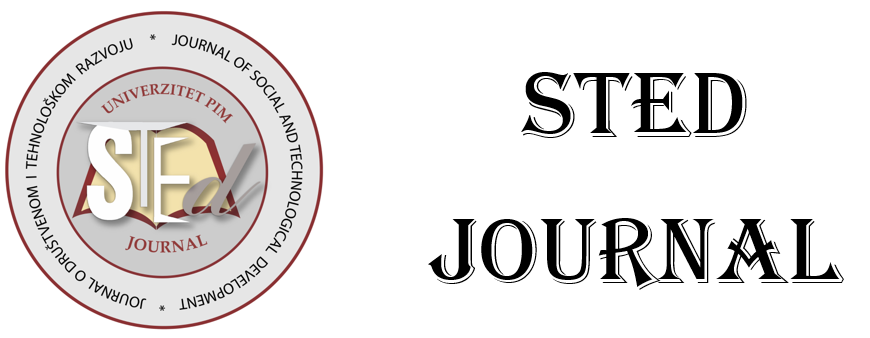
More articles from Volume 1, Issue 2, 2019
THE EFFECTS OF MODIFIED CLAY ON CONTROLLED DRUG RELEASE SYSTEMS
POLYMERIC SCAFFOLDS FOR TISSUE ENGINEERING APPLICATIONS
POLYMER CONCRETE MIXTURES – APPLICATION IN ENGINEERING INDUSTRY
INTERCONNECTION OF MATERIALS SCIENCE, 3D PRINTING AND MATHEMATIC IN INTERDISCIPLINARY EDUCATION
THE INNOVATIVE APPROACH TO INTELLIGENT HELPDESK SYSTEMS DEVELOPMENT
Article views
POLYMER CONCRETE MIXTURES – APPLICATION IN ENGINEERING INDUSTRY
Institute of Advanced Technologies, Faculty of Manufacturing Technologies with a seat in Presov, Technical University of Košice , Košice , Slovakia
Institute of Advanced Technologies, Faculty of Manufacturing Technologies with a seat in Presov, Technical University of Košice , Košice , Slovakia
Institute of Advanced Technologies, Faculty of Manufacturing Technologies with a seat in Presov, Technical University of Košice , Košice , Slovakia
Institute of Advanced Technologies, Faculty of Manufacturing Technologies with a seat in Presov, Technical University of Košice , Košice , Slovakia
Institute of Advanced Technologies, Faculty of Manufacturing Technologies with a seat in Presov, Technical University of Košice , Košice , Slovakia
Received: 03.11.2019.
Accepted: 23.11.2019. >>
Published: 29.11.2019.
Volume 1, Issue 2 (2019)
pp. 13-20;
Abstract
This article discusses the properties of concrete composite materials based on their contexture. Systematic and interactive approaches are required in order to achieve optimal material properties in the preparation of composite materials. In order to predict the physical and mechanical properties of each component of the composite material but also as a whole, its optimization, not only the mechanical but also the material properties under different working conditions, requires a combination of different methods and technologies. The advantage of each composite is its specific properties that cannot be achieved by any component of the composite material alone. The strength of the materials based on polymer concrete mixtures can be compared to the strength properties of metals. On the other hand, this material has elastic properties which give the material a high degree of flexibility. When compared to conventional materials, the value of polymer composites is assessed not only in terms of excellent mechanical properties but also in terms of their low weight and cost. The aim of the paper is to describe the advantages and disadvantages of composites based on polymer concrete mixtures.
Keywords
References
Citation
Copyright
All papers are licensed under a Creative Commons Attribution 4.0 International License.
Article metrics
The statements, opinions and data contained in the journal are solely those of the individual authors and contributors and not of the publisher and the editor(s). We stay neutral with regard to jurisdictional claims in published maps and institutional affiliations.











